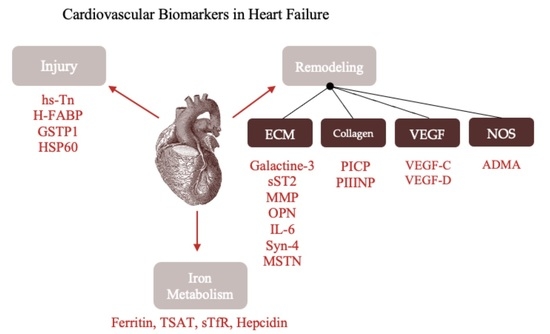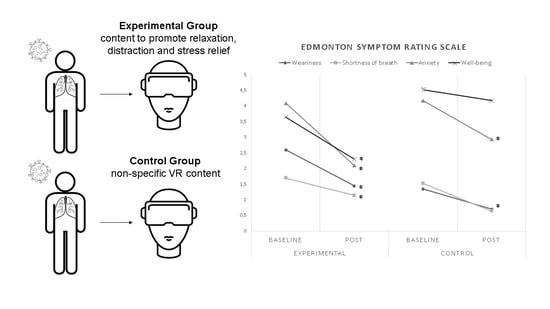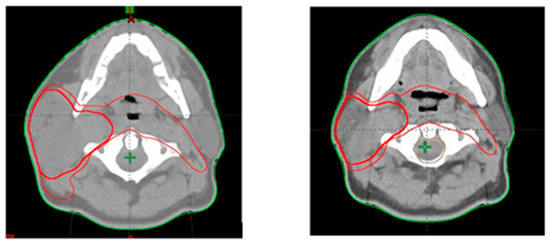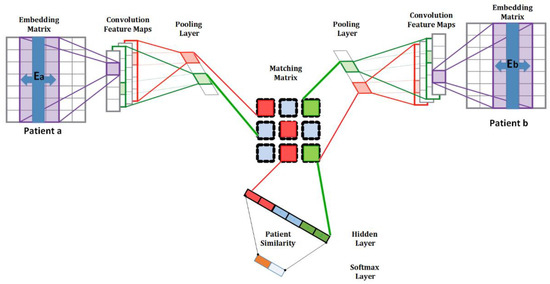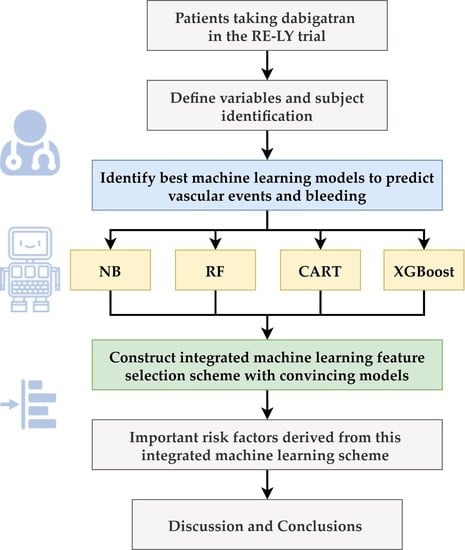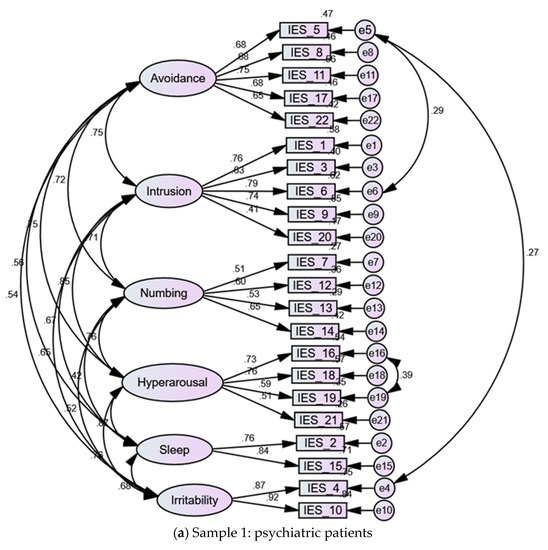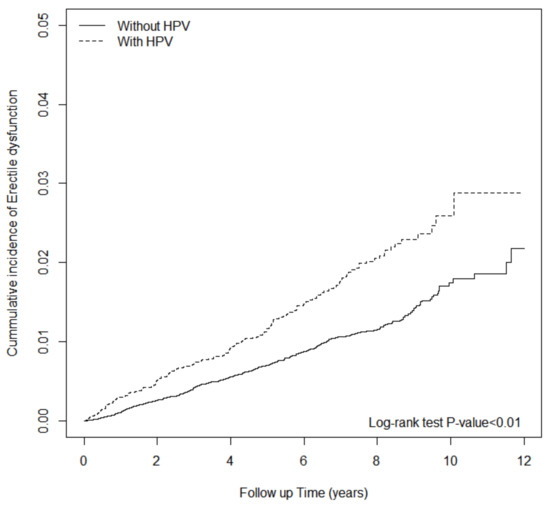J. Pers. Med. 2022, 12(5), 790; https://doi.org/10.3390/jpm12050790 - 13 May 2022
Cited by 16 | Viewed by 4596
Abstract
►
Show Figures
Drug-induced liver injury (DILI) is an unpredictable and feared side effect of antituberculosis treatment (AT). The present study aimed to identify clinical and genetic variables associated with susceptibility to AT-associated hepatotoxicity in patients with pulmonary tuberculosis treated with a standard protocol. Of 233
[...] Read more.
Drug-induced liver injury (DILI) is an unpredictable and feared side effect of antituberculosis treatment (AT). The present study aimed to identify clinical and genetic variables associated with susceptibility to AT-associated hepatotoxicity in patients with pulmonary tuberculosis treated with a standard protocol. Of 233 patients enrolled, 90% prospectively, 103 developed liver injury: 37 with mild and 66 with severe phenotype (DILI). All patients with mild hepatitis had a RUCAM score ≥4 and all patients with DILI had a RUCAM score ≥ 6. Eight clinical variables and variants in six candidate genes were assessed. A logistic multivariate regression analysis identified four risk factors for AT-DILI: age ≥ 55 years (OR:3.67; 95% CI:1.82–7.41; p < 0.001), concomitant medication with other hepatotoxic drugs (OR:2.54; 95% CI:1.23–5.26; p = 0.012), NAT2 slow acetylator status (OR:2.46; 95% CI:1.25–4.84; p = 0.009), and carriers of p.Val444Ala variant for ABCB11 gene (OR:2.06; 95%CI:1.02–4.17; p = 0.044). The statistical model explains 24.9% of the susceptibility to AT-DILI, with an 8.9 times difference between patients in the highest and in the lowest quartiles of risk scores. This study sustains the complex architecture of AT-DILI. Prospective studies should evaluate the benefit of NAT2 and ABCB11 genotyping in AT personalization, particularly in patients over 55 years.
Full article


